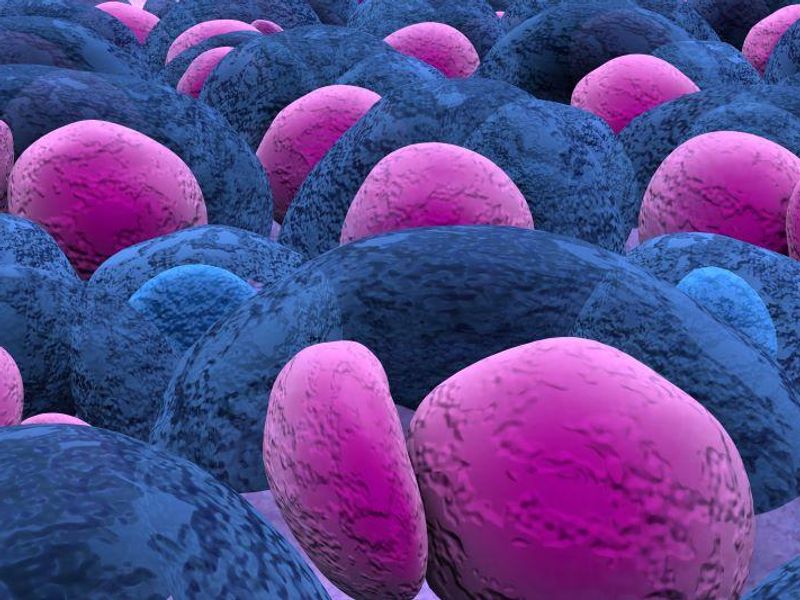Patients with sustained minimal residual disease negativity had longer time to next treatment, regardless of baseline risk characteristics
By Elana Gotkine HealthDay Reporter
WEDNESDAY, March 22, 2023 (HealthDay News) — For patients with multiple myeloma (MM), minimal residual disease (MRD) negativity determined using next-generation sequencing (NGS) is predictive of longer time to next treatment (TTNT), according to a study published online March 6 in Blood Cancer Journal.
Rodrigo Fonseca, M.D., from the Mayo Clinic in Phoenix, and colleagues conducted a retrospective analysis on MM patients who underwent frontline autologous stem cell transplant (ASCT). On day 100 post-ASCT, patients were evaluated with NGS-MRD and position emission tomography-computed tomography (PET-CT). Data were included from 186 patients.
The researchers found that 24.2 percent of the patients achieved MRD negativity at day 100. MRD negativity was the factor that best predicted longer TTNT. There was no difference observed in rates of negativity according to MM subtype, Revised International Staging System stage, or cytogenetic risk. Poor agreement was seen for PET-CT and MRD, with MRD-positive patients having high rates of PET-CT negativity. Regardless of baseline characteristics, patients with sustained MRD negativity had longer TTNT.
“These results add to the growing evidence for using MRD to improve the International Myeloma Working Group definition of complete response and its role as a strong prognostic marker for clinical trials,” the authors write.
Several authors disclosed financial ties to the biopharmaceutical industry.
Copyright © 2023 HealthDay. All rights reserved.








